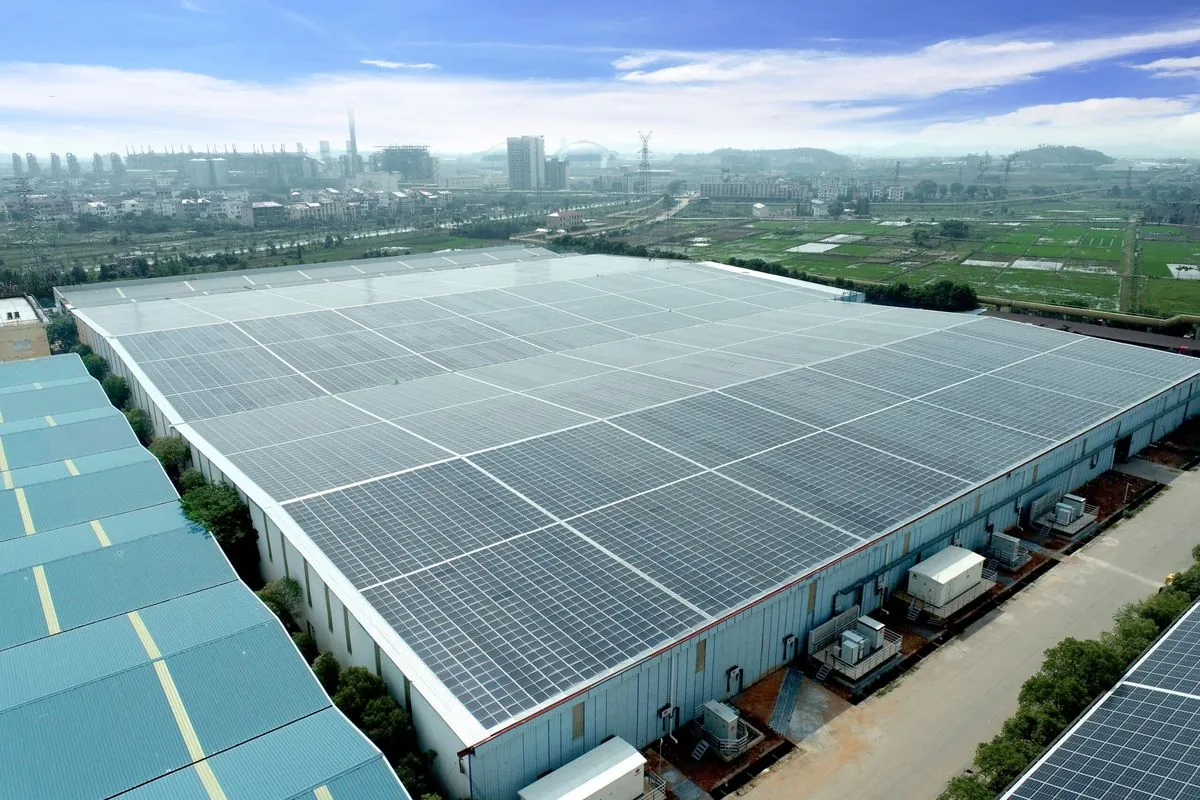China Extends Green Finance Program, Sets 2035 Low-Carbon Economy Goal
China's central bank prolongs low-cost loans for carbon reduction until 2027. The government outlines plans for a green economic transformation, aiming for a fully low-carbon economy by 2035.

China's central bank, the People's Bank of China (PBOC), has announced an extension of its low-cost loan program aimed at supporting carbon reduction initiatives. This decision, revealed on August 11, 2024, extends the program's duration to the end of 2027, demonstrating China's commitment to its green transformation goals.
The PBOC financing scheme, initially launched in 2021, offers financial institutions loans at a favorable one-year lending rate of 1.75% for up to 60% of the principal on qualified carbon reduction projects. This extension is part of a broader strategy to transition the world's second-largest economy towards a more sustainable model.

In addition to the loan program extension, the Chinese government has outlined a series of policy goals to promote environmental sustainability. These include:
- Encouraging the adoption of battery-powered vehicles
- Promoting energy and water-efficient home appliances
- Increasing the use of environmentally friendly building materials
The government has reiterated its target to increase the proportion of non-fossil energy consumption to approximately 25% by 2030. This aligns with China's long-term vision of fully transitioning to a green and low-carbon economic model by 2035, with the aim of achieving declining carbon emissions by that time.
"The overall target is for China to put its economy fully on the green and low-carbon track by 2035 with declining carbon emissions by that time."
While these goals are ambitious, the government's statement lacked specific implementation plans, leaving room for further policy development.
It's worth noting that China, as the world's largest emitter of carbon dioxide, faces significant challenges in its green transformation. However, the country has been making strides in various areas:
- China is currently the world's largest market for electric vehicles.
- The country has been investing heavily in renewable energy sources, particularly solar and wind power.
- China has implemented a national carbon trading market to incentivize emissions reduction.
- The country aims to achieve carbon neutrality by 2060, with emissions expected to peak before 2030.
These efforts are crucial, considering China's historical reliance on coal and the severe air pollution issues faced by many of its major cities. As a signatory to the Paris Agreement on climate change, China's commitment to green transformation has global implications.
The extension of the PBOC's financing scheme and the broader policy goals announced reflect China's ongoing efforts to balance economic growth with environmental sustainability. As the country progresses towards its 2035 target for a fully green and low-carbon economy, the world will be watching closely to see how these ambitious plans unfold.


































